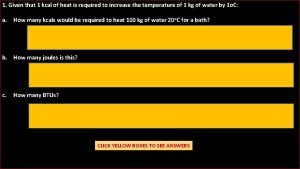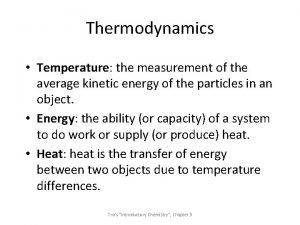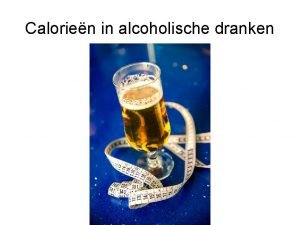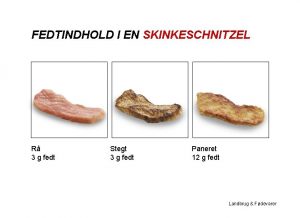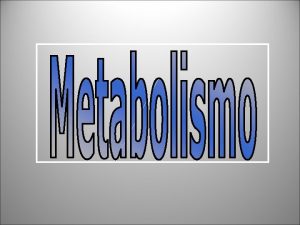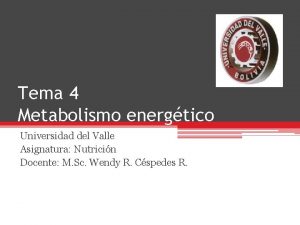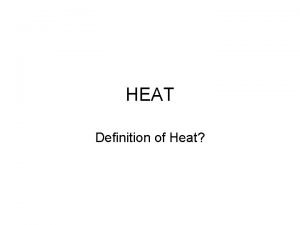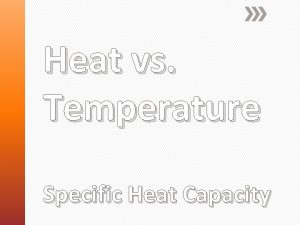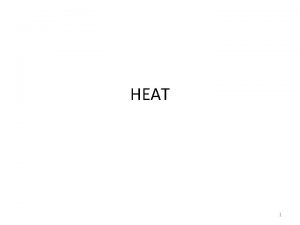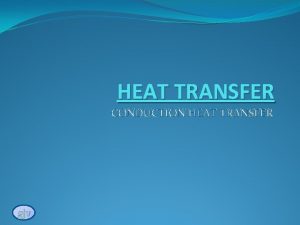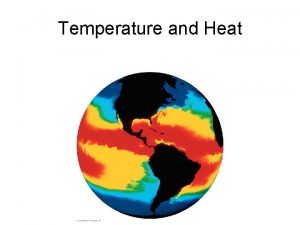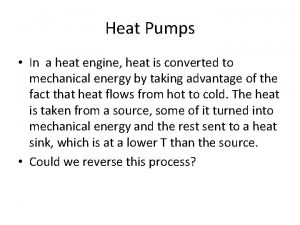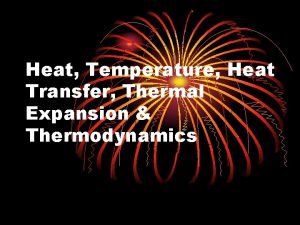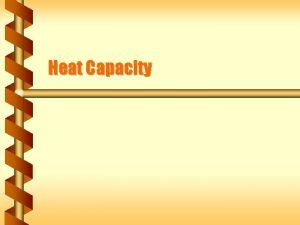1 Given that 1 kcal of heat is



















- Slides: 19

1. Given that 1 kcal of heat is required to increase the temperature of 1 kg of water by 1 o. C: a. How many kcals would be required to heat 100 kg of water 20 o. C for a bath? b. How many joules is this? c. How many BTUs? CLICK YELLOW BOXES TO SEE ANSWERS

1. Given that 1 kcal of heat is required to increase the temperature of 1 kg of water by 1 o. C: a. b. c. d. How many kcals would be required to heat 100 kg of water y 20 o. C for a bath? How many joules is this? How many BTUs? If your water heater can supply 40 k. BTU/h, how long will it take to heat this water?

2. a. Given that k. Wh = 3. 6 MJ and thqta 1 BTU = 1055 J, show that 1 k. Wh = 3412 BTU. b. Written answer

3. A typical home in the northern US might require 120 MBTU of heat for the average winter. a. If this heat were supplied by a natural gas furnace operating at 60% efficiency, how many cubic feet (cf) of gas would need to be purchased?

3. A typical home in the northern US might require 120 MBTU of heat for the average winter. a. If this heat were supplied by a natural gas furnace operating at 60% efficiency, how many cubic feet (cf) of gas would need to be purchased? b. At a cost of $0. 90 / ccf (centi-cubic feet), what would it cost to heat this house for one season?

3. A typical home in the northern US might require 120 MBTU of heat for the average winter. a. If this heat were supplied by a natural gas furnace operating at 60% efficiency, how many cubic feet (cf) of gas would need to be purchased? b. At a cost of $0. 90 / ccf (centi-cubic feet), what would it cost to heat this house for one season? c. If a new 80% efficient furnace could be installed at a cost of $4000, how long would it take to pay back the cost of the new furnace assuming the price of gas remains the same?

4. Suppose the house in question #3 above is located in Cleveland where the annual average solar flux is 160 (W/m 2)2. If 10 m 2 of solar panels operating at 20% efficiency were installed on this house to collect and store solar energy in the form of hot water: a. How much energy could be gained in one year in this manner?

4. Suppose the house in question #3 above is located in Cleveland where the annual average solar flux is 160 (W/m 2)2. If 10 m 2 of solar panels operating at 20% efficiency were installed on this house to collect and store solar energy in the form of hot water: a. How much energy could be gained in one year in this manner? b. What fraction (%) of the annual heating requirement is this?

4. Suppose the house in question #3 above is located in Cleveland where the annual average solar flux is 160 (W/m 2)2. If 10 m 2 of solar panels operating at 20% efficiency were installed on this house to collect and store solar energy in the form of hot water: a. How much energy could be gained in one year in this manner? b. What fraction (%) of the annual heating requirement is this? c. Using the hot water heating requirements for a bath from question #1 c, how many hot baths would this energy supply in one year?

5. The annual average solar flux in Tucson is 250 W/m 2. Supposed 10 m 2 of solar electric panels operating at 10% efficiency were installed on a home there. a. How many k. Wh of electricity could be collected by these panels in one year?

5. The annual average solar flux in Tucson is 250 W/m 2. Supposed 10 m 2 of solar electric panels operating at 10% efficiency were installed on a home there. a. How many k. Wh of electricity could be collected by these panels in one year? b. What fraction of the annual electrical requirement of 10, 000 k. Wh for the average home does this represent?

5. The annual average solar flux in Tucson is 250 W/m 2. Supposed 10 m 2 of solar electric panels operating at 10% efficiency were installed on a home there. a. How many k. Wh of electricity could be collected by these panels in one year? b. What fraction of the annual electrical requirement of 10, 000 k. Wh for the average home does this represent? c. How many square meters of solar panels would be required to supply 10, 000 k. Wh per year?

6. Solar energy is converted naturally into wood biomass with an efficiency of about 0. 1%. Suppose a wood lot of 100 hectares (106 m 2) is located in Missouri, where the average annual solar flux is 200 watts/m 2. Given that the heat value for wood is 12 MBTU/ton, how many tons of wood can be produced by this property each year?

7. With moderate winds, a modern large wind turbine can generate about 250 k. W of electricity, whereas a large nuclear power plant can generate 1000 MW. a. How many wind turbines would be required to givev the same output as one nuclear power plant? b. (non-mathematical question)

8. Batteries are usually rated in terms of ampere-hours, indicating the current that the cell is capable of delivering for a specified time. A typical D-cell flashlight battery, for instance, might be rated at 3 amperehours. The total electrical energy available from such a battery is found by multiplying the ampere-hour rating by the battery voltage. Thus this same 1. 5 volt D call could deliver 4. 5 watt-hours of electrical energy. Convert this energy to k. Wh and compare the cost of electrical energy derived in this manner to that of standard “grid-based” electricity. Assume that the battery coasts $1. 00 and that electricity from the power company is available at $0. 10/k. Wh.

9. The table below gives prices and heat energy content for various fuels that are commonly used for home heating. Fuel prices are given as per-unit cost for fuel delivered to the home. Complete the table. Assume that the home requires 120 Mbtu of heat for a season and that gas- or oil-fired furnaces operate at 80% efficiency. Assume that electrical heating is 100% efficient. Fuel Price Energy Content of Fuel Nat. Gas $1. 14/ccf 1030 BTU/cf Propane $1. 69/gal 92 k. BTU/gal Fuel Oil $1. 93/gal 133 k. BTU/gal Electricity $0. 10/k. Wh 3412 BTU/k. Wh Cost per Mbtu Cost of Home Heating

9. The table below gives prices and heat energy content for various fuels that are commonly used for home heating. Fuel prices are given as per-unit cost for fuel delivered to the home. Complete the table. Assume that the home requires 120 Mbtu of heat for a season and that gas- or oil-fired furnaces operate at 80% efficiency. Assume that electrical heating is 100% efficient. Fuel Price Energy Content of Fuel Nat. Gas $1. 14/ccf 1030 BTU/cf Propane $1. 69/gal 92 k. BTU/gal Fuel Oil $1. 93/gal 133 k. BTU/gal Electricity $0. 10/k. Wh 3412 BTU/k. Wh Cost per Mbtu Cost of Home Heating

9. The table below gives prices and heat energy content for various fuels that are commonly used for home heating. Fuel prices are given as per-unit cost for fuel delivered to the home. Complete the table. Assume that the home requires 120 Mbtu of heat for a season and that gas- or oil-fired furnaces operate at 80% efficiency. Assume that electrical heating is 100% efficient. Fuel Price Energy Content of Fuel Nat. Gas $1. 14/ccf 1030 BTU/cf Propane $1. 69/gal 92 k. BTU/gal Fuel Oil $1. 93/gal 133 k. BTU/gal Electricity $0. 10/k. Wh 3412 BTU/k. Wh Cost per Mbtu Cost of Home Heating

9. The table below gives prices and heat energy content for various fuels that are commonly used for home heating. Fuel prices are given as per-unit cost for fuel delivered to the home. Complete the table. Assume that the home requires 120 Mbtu of heat for a season and that gas- or oil-fired furnaces operate at 80% efficiency. Assume that electrical heating is 100% efficient. Fuel Price Energy Content of Fuel Nat. Gas $1. 14/ccf 1030 BTU/cf Propane $1. 69/gal 92 k. BTU/gal Fuel Oil $1. 93/gal 133 k. BTU/gal Electricity $0. 10/k. Wh 3412 BTU/k. Wh Cost per Mbtu Cost of Home Heating
 Given that 1 kcal of heat is required
Given that 1 kcal of heat is required Block xoang nhĩ
Block xoang nhĩ Tìm độ lớn thật của tam giác abc
Tìm độ lớn thật của tam giác abc Sau thất bại ở hồ điển triệt
Sau thất bại ở hồ điển triệt Thể thơ truyền thống
Thể thơ truyền thống Hãy nói thật ít để làm được nhiều
Hãy nói thật ít để làm được nhiều Thơ thất ngôn tứ tuyệt đường luật
Thơ thất ngôn tứ tuyệt đường luật Tôn thất thuyết là ai
Tôn thất thuyết là ai Phân độ lown ngoại tâm thu
Phân độ lown ngoại tâm thu Chiến lược kinh doanh quốc tế của walmart
Chiến lược kinh doanh quốc tế của walmart Gây tê cơ vuông thắt lưng
Gây tê cơ vuông thắt lưng Bielko kcal
Bielko kcal Kcal=cal
Kcal=cal Glas wijn kcal
Glas wijn kcal Skinkeschnitzel med bearnaise
Skinkeschnitzel med bearnaise Kcal min
Kcal min Ecuación de harris-benedict
Ecuación de harris-benedict 1 met = 1 kcal/kg/hr
1 met = 1 kcal/kg/hr Brukiew wikipedia
Brukiew wikipedia Kcal/kg nedir
Kcal/kg nedir
